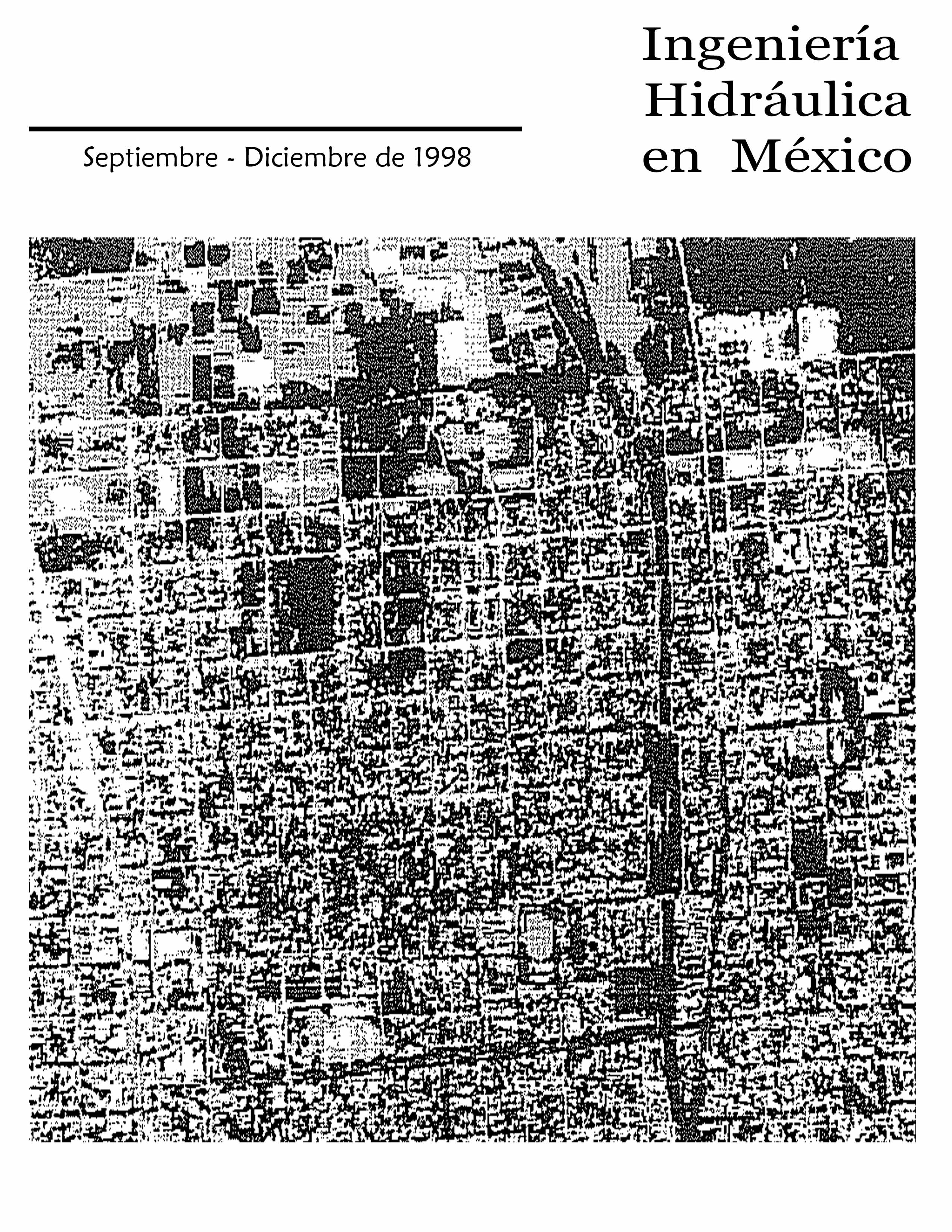Land settling in México City and its implications in the drainage system
Keywords:
Aquitard, aquifer, drawdown, water table, piezometric level, compressibility, land subsidence, Lesser J.M. & M.A. CortesAbstract
Mexico City has been known through history as one of the most densely populated areas in the world. Currently more than 20 million people reside in the metropolitan area and use 60 m³/s. of drinking water; of which 40 m3/s are obtained from the aquifer that lies under the city. Groundwater extraction has caused a fall in the piezometric level and settling of the land due to contraction of the surface clays. Land subsidence in Mexico City varies from 5 to 10 cm annually, with isolated regions in Xochimilco where it may reach up to 35 cm a year. The Mexico City government, through the Construction and Hydraulic Operations Department (DDFDGCOH) developed a master plan for drainage. An important part of this program entailed a historic analysis of land subsidence and a simulation of future behavior (DGCOH-DDF; 1994). The accumulated subsidence from 1891 to 1995 is greatest in downtown Mexico City 8 to 10 meters. Most of this subsidence occurred between 1940 and 1960. The extraction of groundwater in the central metropolitan area was stopped in 1960, and the descent was decreased locally, while extraction increased in the south of the city with increased subsidence in that region. Much of the city's drainage system has been severely affected by subsidence and has had to be regraded on occasions when the slope has been inverted. The historical analysis and subsidence simulation focussed on the 17 largest drains, including the Gran Canal and the Churubusco River, The results have been used to program rehabilitation activities for the most severely affected sections where subsidence has resulted in a greater flooding
Downloads
Published
How to Cite
Issue
Section
License
By Instituto Mexicano de Tecnología del Agua is distributed under a Creative Commons Attribution-NonCommercial-ShareAlike 4.0 International License. Based on a work at https://www.revistatyca.org.mx/. Permissions beyond what is covered by this license can be found in Editorial Policy.









